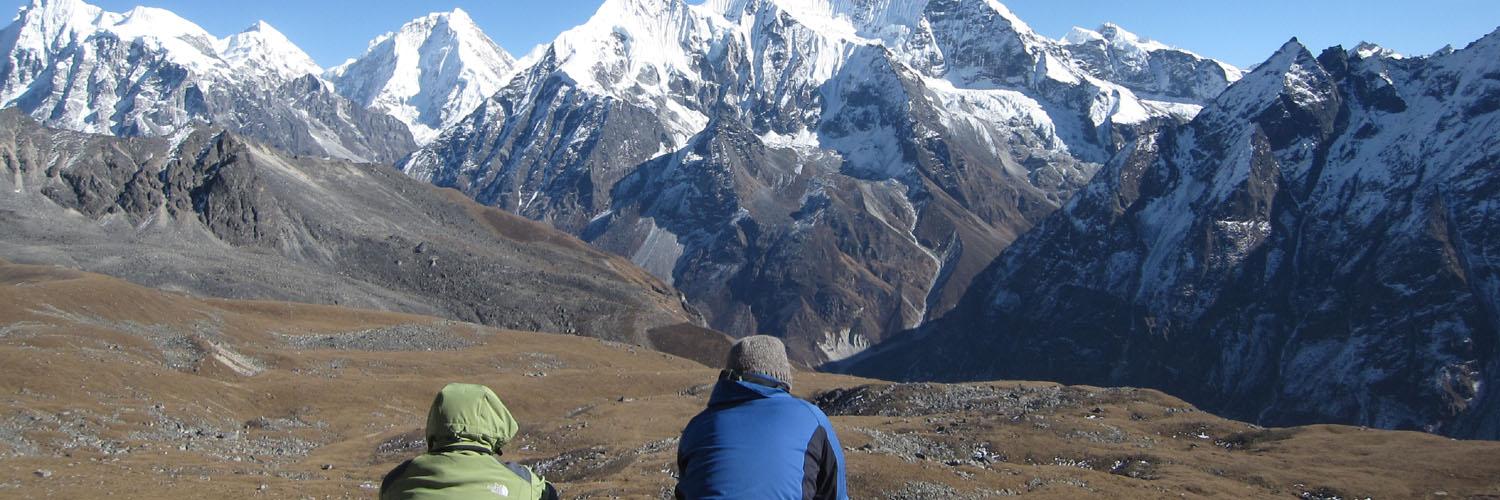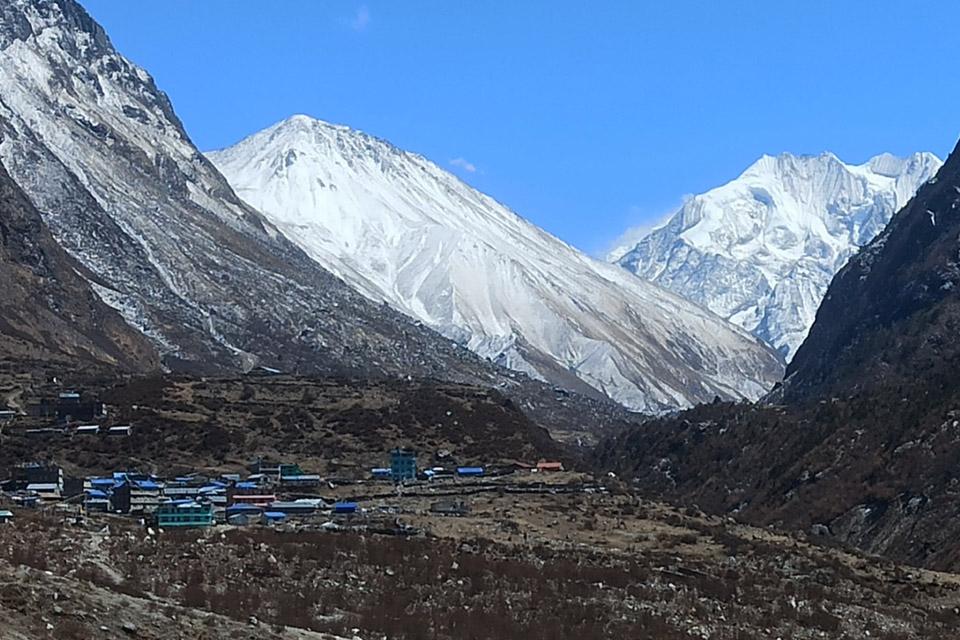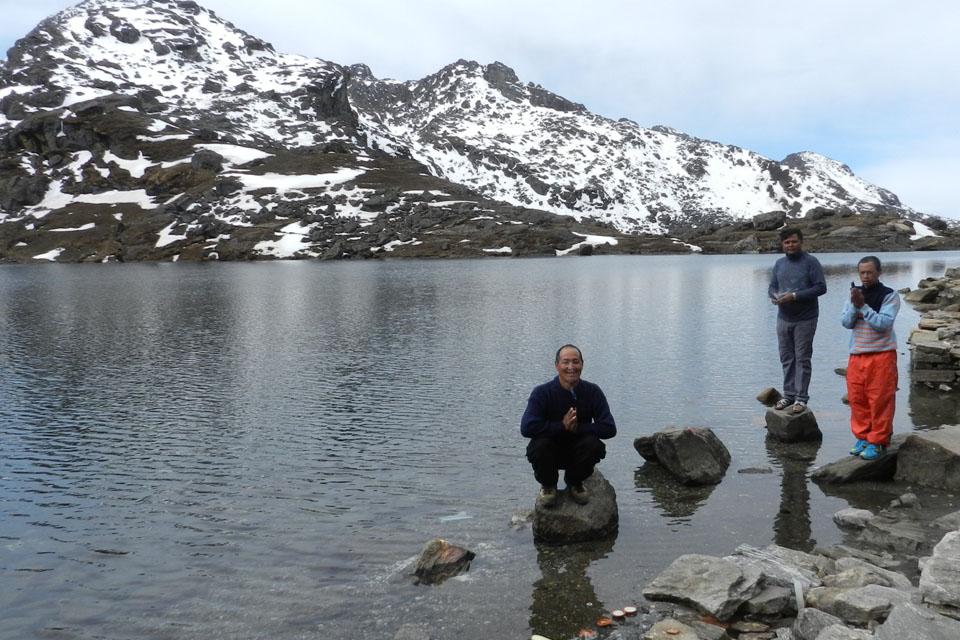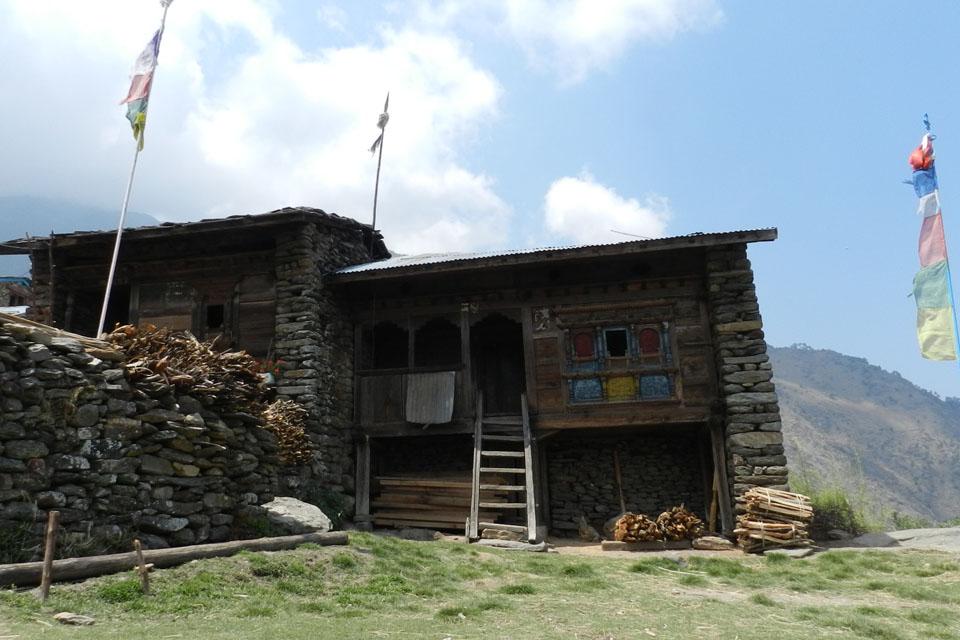Trekking in the Langtang region is a scenic and culturally rich trekking area located closer to Kathmandu Valley. The Langtang Valley offers spectacular landscapes, diverse flora and fauna, majestic mountain views and the best cultural experience. The inhabitants of Langtang follow Buddhist religion and influenced by Tibetan culture and traditions. The region is protected under Langtang National Park.
Langtang region treks pass through traditional high Himalayan villages where time has stood still and nothing much has changed for ages. One gets to witness the age-old culture and traditions on Langtang trekking trails. Majestic mountain views beautify the trails with peaks like Langtang Lirung, Dorje Lakpa, and Ganesh Himal.
The most popular trek is the Langtang Valley trek which goes to Kyanjin Gompa at 3870 meters. The village is one of the most beautiful villages in Nepal surrounded by the Himalayas. Day hike to Tserko Ri (4,984m) from Kyanjin Gompa offers a good panorama of the snow-capped peaks and Himalayan glaciers.
Gosaikunda Lake in Langtang National Park is an alpine freshwater lake located at 4380 meters. The lake is holy to both Hindu and Buddhist pilgrims and can be visited with Langtang Gosaikunda trekking.
If one is looking for an authentic experience and to observe the rural way of life then the Tamang Heritage Trail takes visitors to the remote corners of the Langtang region visiting the Tamang community’s villages and watching their unchanged day-to-day lives for centuries.
Trekking in Langtang region
Trekking in the Langtang region is a rewarding adventure passing along spectacular landscapes, remote traditional villages, rich culture influenced by Tibetan Buddhist culture and traditions, and amazing Himalayan views.
Where is it?
Located in the north-central part of Nepal, Langtang region lies to the north of Kathmandu. It shares it’s border with Tibet (China) to the north and lies between the Himalayas to the north and the smaller peaks to the south. The Langtang National Park was established in 1976 to protects it’s fragile ecosystem and the region is home to diverse flora and fauna, including endangered species like the red panda and snow leopard.
How to get there?
There’s no other option than an overland drive to get to Langtang since no airport exists in the region. Syabrubesi is the trek-start-point to Langtang where you need to drive from Kathmandu which takes about 8-9 hours. It’s a scenic drive passing along small towns, rivers, villages with good mountain views. The drive is winding along a pitched highway at first then a dusty mountain road as you get to Syabru. One can go with a local bus from Kathmandu or hire a private vehicle for the drive. Though you can also fly to Langtang by helicopter which lands at the trek-end-point of Langtang, Kyanjin Gompa is basically for helicopter sightseeing in Langtang.
When to go?
The best time to trek in the Langtang region are in the spring (March to May) and autumn (September to November) seasons. Spring provides mild temperatures, clear skies, and blooming rhododendrons which is the best for trekking. The trails are filled with colorful flowers, including rhododendrons, magnolias, and orchids, making for a visually spectacular trekking experience. Autumn is known for its stable weather conditions, clear mountain views, and comfortable temperatures. Generally, there will be clear skies offering unobstructed views of peaks like Langtang Lirung and Ganesh Himal.
Langtang Trek Permit
Trekking in Langtang requires an entry fee to Langtang National Park which is NPR 3000 per person. The permit helps fund conservation efforts and the sustainable development of Langtang National Park. The other is the TIMS Card (Trekkers' Information Management System) costs NPR2000 per person. Besides these two, there’s no other permit required for Langtang treks.
Altitude Sickness
The highest point you get during Langtang trekking is at Tsergo Ri 5,033 meters which is the popular Himalayan viewpoint just above Kyanjin Gompa (3870m). The symptoms of altitude sickness can occur after crossing 2,500 meters so you may experience and develop the symptoms. To avoid altitude sickness, don’t let yourself become dehydrated; walk slowly and acclimatize as per the rest/acclimatization days planned.
Accommodations
The accommodations in Langtang range from basic to standard. The kind of services like food, rooms, restrooms offered also differs with the changing altitude as you begin to ascend to higher altitudes where facilities are limited. The accommodations at the higher altitude are basic but still they are good enough for a night’s stay after a tiring day.





